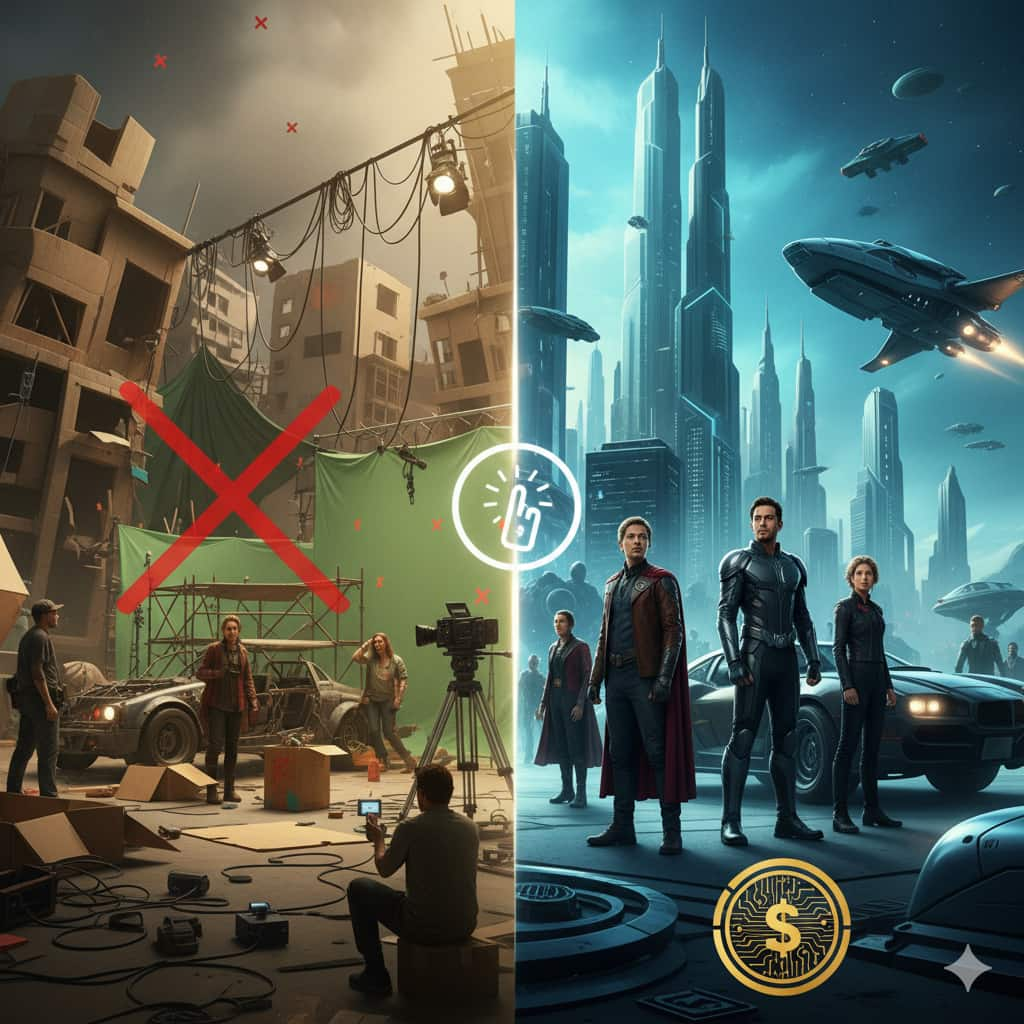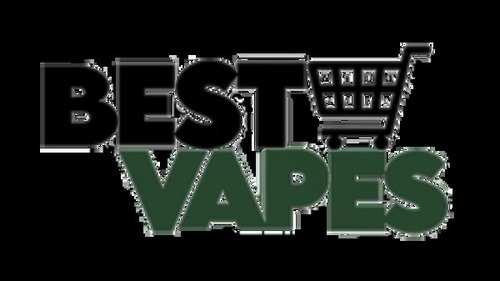When Creativity Meets Constraint
Every filmmaker knows the pain of balancing vision and budget. You want a scene that amazes — maybe an exploding skyline, a futuristic city, or a seamless fantasy world — but your budget says otherwise. That’s where Visual Effects (VFX) step in.
VFX has evolved from being a luxury for big studios to a lifeline for smaller productions. It’s no longer just about spectacle — it’s about solving production challenges creatively and efficiently. At MovingStone Digital, we help directors, producers, and brands achieve cinematic results without stretching their budgets.
In this post, we’ll explore how VFX can rescue your live action project, even when financial limits seem to stand in the way.
What You’ll Learn
By the end of this article, you’ll understand:
- How VFX reduces production costs without compromising quality.
- The types of live-action problems VFX can solve.
- Step-by-step guidance on integrating VFX efficiently into your shoot.
- Real-world examples of how studios like MovingStone Digital make “impossible” scenes achievable.
Why Live Action Alone Isn’t Always Enough
Live action is powerful — it captures authentic human emotion and tangible realism. But it’s also unpredictable and expensive.
Think of these common issues:
- Unreliable weather delaying outdoor shoots.
- Costly set construction for a short scene.
- Location limitations that restrict creativity.
- Dangerous or impossible stunts that require special setups.
Each of these can derail a production’s schedule or blow up costs. VFX steps in as the smart, strategic alternative — not to replace reality, but to enhance or reconstruct it where needed.
How VFX Can Save the Day (and the Budget)
1. Replacing Costly Sets with Digital Environments
Building a detailed physical set can eat up thousands in materials, labor, and logistics. Instead, VFX allows you to design entire environments digitally — from ancient temples to futuristic cities — at a fraction of the cost.
At MovingStone Digital, our CGI and compositing teams create photorealistic worlds that blend perfectly with live-action footage. The result? You get cinematic scope without the logistical nightmare.
2. Correcting Mistakes Without Re-Shooting
Even the best-planned shoots face continuity errors, unwanted objects, or lighting inconsistencies. A full re-shoot can drain time and money.
VFX tools like digital clean-up, sky replacements, or color correction can fix these seamlessly. We’ve often saved clients up to 30–40% of re-shoot costs by solving issues in post-production instead of on set.
3. Simulating Dangerous or Complex Stunts
Explosions, crashes, fires — all visually thrilling, but also risky and expensive to stage practically. With VFX, these can be recreated digitally, safely, and believably.
By combining live-action plates with CGI effects, MovingStone Digital ensures every frame looks authentic while keeping your cast and crew safe — and your insurance costs low.
4. Extending Backgrounds and Environments
Sometimes, your real-world location is great but too limited — maybe a few buildings short of a skyline or a landscape that needs expansion.
That’s where digital matte painting and environment extension come in. VFX artists can expand horizons, enhance scenery, or add depth that turns an average shot into a cinematic experience.
5. Creating Visual Cohesion in Post-Production
If your project uses multiple cameras, mixed lighting, or different shoot days, consistency becomes a challenge.
Through compositing and grading, VFX ensures your footage feels like one unified piece. This doesn’t just look professional — it also strengthens storytelling by maintaining visual flow.
Step-by-Step: Integrating VFX into a Live Action Shoot
Step 1: Plan Early
VFX is most cost-effective when planned from the start. Discuss visual goals during pre-production, not after shooting. MovingStone Digital’s VFX supervisors often collaborate with directors before cameras roll to identify which shots can be achieved more efficiently with effects.
Step 2: Capture for Compositing
During the shoot, record clean plates, reference footage, and proper lighting data. This helps VFX artists match digital assets seamlessly with real environments later.
Step 3: Use Previsualization (Previs)
Previs is like a digital storyboard — it helps you see how live-action and VFX will blend before shooting. This prevents wasted takes and ensures the team captures the exact camera angles needed for post-production integration.
Step 4: Smart Post-Production Workflow
Once footage is in post, the VFX team can begin compositing, simulation, and rendering. Using tools like Unreal Engine, After Effects, Houdini, or Nuke, studios like MovingStone Digital manage a smooth workflow that keeps timelines short and budgets controlled.
Step 5: Final Touches and Grading
After VFX integration, color grading ensures every shot shares consistent tone and emotion. The final step ties the whole story together visually and emotionally.
Real-World Example: Turning Limitations into Magic
A recent campaign we worked on at MovingStone Digital required transforming a standard office space into a futuristic holographic control room — all on a modest budget.
Instead of renting an elaborate set, we shot actors against a green screen and used 3D CGI holograms and digital composites to craft a sleek environment. The final video looked like a big-budget sci-fi commercial — but at one-third the typical cost.
That’s the power of creative VFX: turning limitations into visual magic.
Common Myths About VFX and Budgets
- Myth 1: VFX Is Only for Big Studios
→ Today, even small productions can afford quality effects with smart planning and modular workflows. - Myth 2: Practical Effects Look More Real
→ When done right, digital VFX can actually enhance realism — especially when paired with live-action plates. - Myth 3: VFX Always Takes Too Long
→ Tools like real-time rendering and AI-assisted compositing drastically cut turnaround times.
How MovingStone Digital Makes It Affordable
Our team’s strength lies in strategic creativity. We analyze your project goals, budget, and timeline, then design a hybrid workflow — mixing live action, CGI, and post-production magic efficiently.
By using in-house rendering pipelines and AI-assisted tools, we deliver broadcast-quality visuals without the Hollywood price tag. Whether you’re producing an ad, film, or brand story, MovingStone Digital ensures you get the impact your story deserves.
Conclusion: Make Every Frame Count
VFX isn’t about replacing reality — it’s about enhancing it intelligently. When used thoughtfully, it saves time, reduces cost, and expands what’s possible on screen.
For creators working with tight budgets, VFX is no longer optional — it’s essential for visual storytelling. And with partners like MovingStone Digital, your imagination doesn’t have to be limited by numbers on a spreadsheet.














